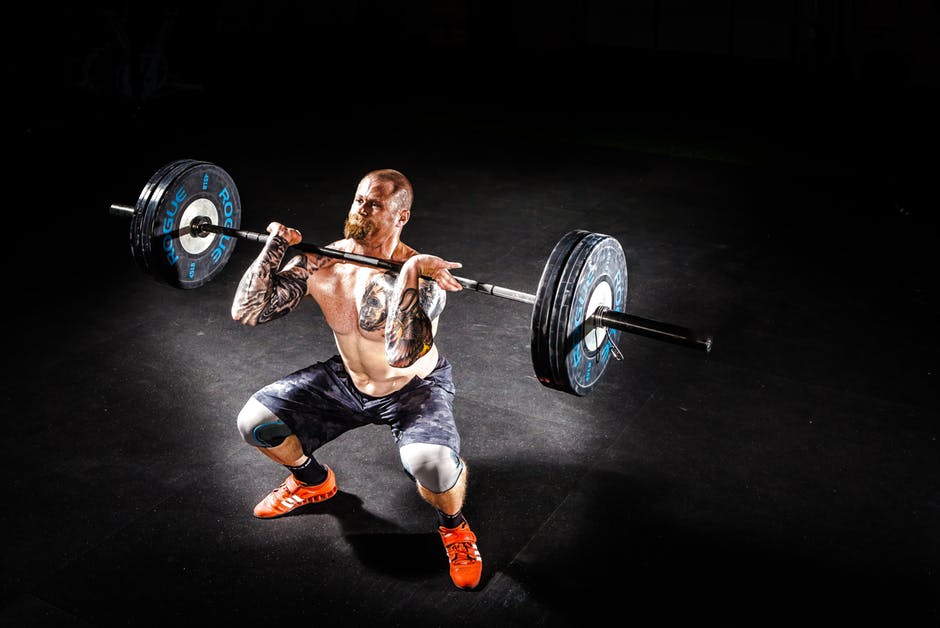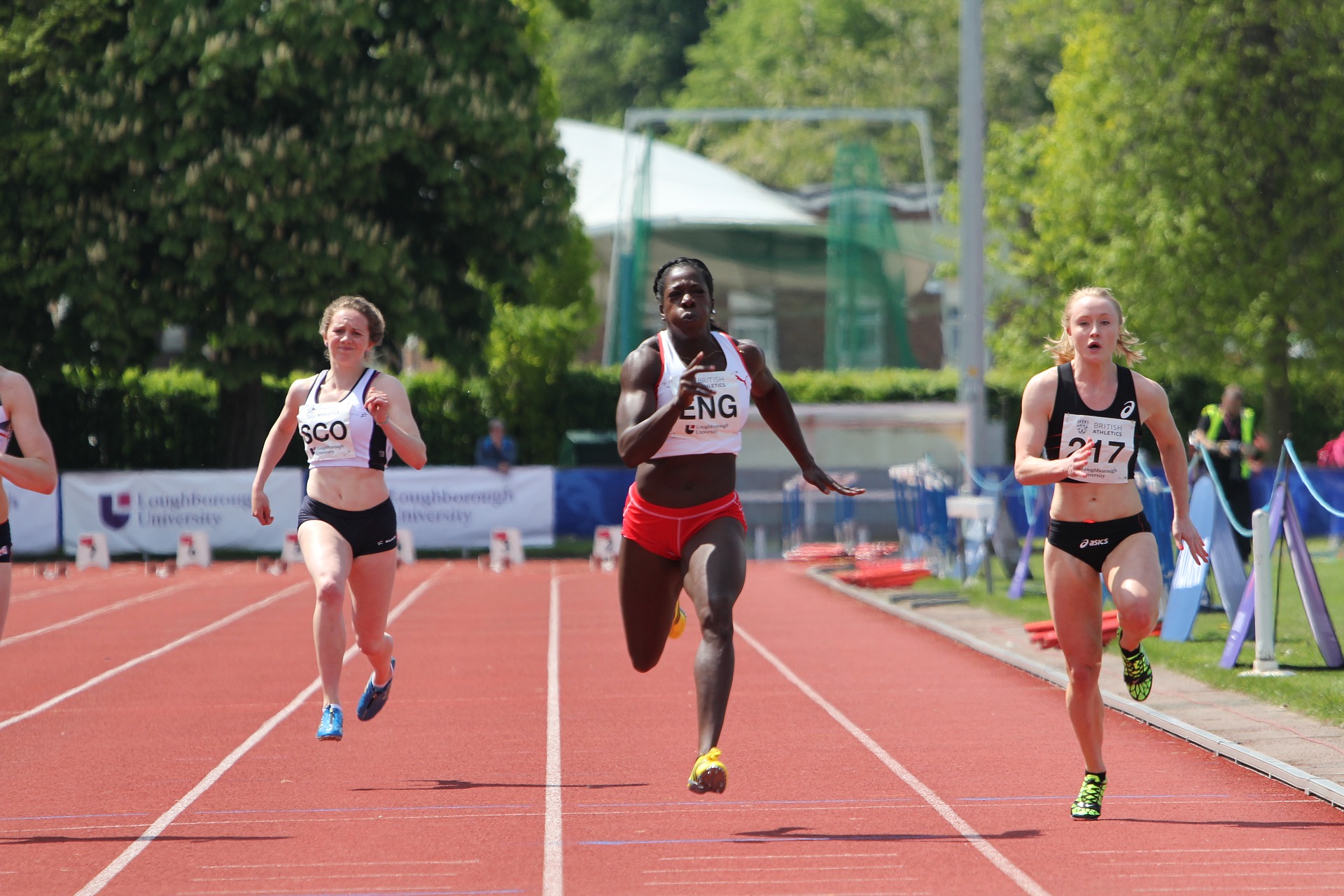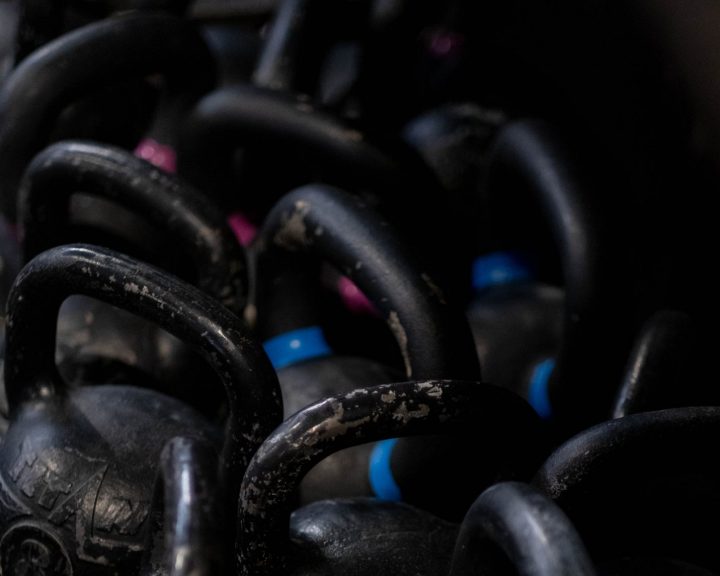Every once in a while you read one of those profound studies that seemed to largely pass under the radar, the kind of study that challenges what we “know.” We know that baseball pitching puts a great deal of strain on the shoulder and that it puts the shoulder in an awkward position. We also know that our ability to sense the location of our arm in space (i.e. our shoulder proprioception) has a great deal to do with pitching performance. By extension, training for improved shoulder proprioception would lead to improved pitching performance.
Like a lot of things that we “know” there isn’t research on this subject. In an issue of the Journal of Strength and Conditioning Research, Freeston et al did a study to examine the relationship between shoulder proprioception and pitching performance. In this study, they examined 22 adolescent male pitchers from New South Wales. The subjects performed a series of creative shoulder proprioception tests and also performed pitches to a 7cm in diameter target from a distance of 20 meters at both 80% and 100% of maximum velocity.
During the proprioception tests, the athletes were standing with the arm abducted and the elbow flexed (i.e. very close to the position the arm is in during pitching). During the test, the amount of shoulder external rotation was increased/decreased and the subjects were expected to estimate the position they were in (i.e. one of five different positions).
Results:
• First, in terms of proprioception there was no difference between the dominant and nondominant arms.
• Second, as the throwing speed increased so did the errors with the pitches.
• Third, there was no relationship between shoulder proprioception and either throwing speed or throwing accuracy.
Why is this data interesting? First, it points out that there is a tradeoff between speed and accuracy when pitching. Second, because it suggests that looking at the shoulder in isolation oversimplifies what is going on in pitching. Or, as the authors state, pitching needs to be considered in terms of the entire kinetic chain. Simply evaluating shoulder proprioception, or training it in isolation, may not be beneficial to the pitcher.
Freeston, J., Adams, R.D., and Rooney, K. (2015). Shoulder proprioception is not related to throwing speed or accuracy in elite adolescent male baseball players. Journal of Strength and Conditioning Research, 29(1), 181-187.



